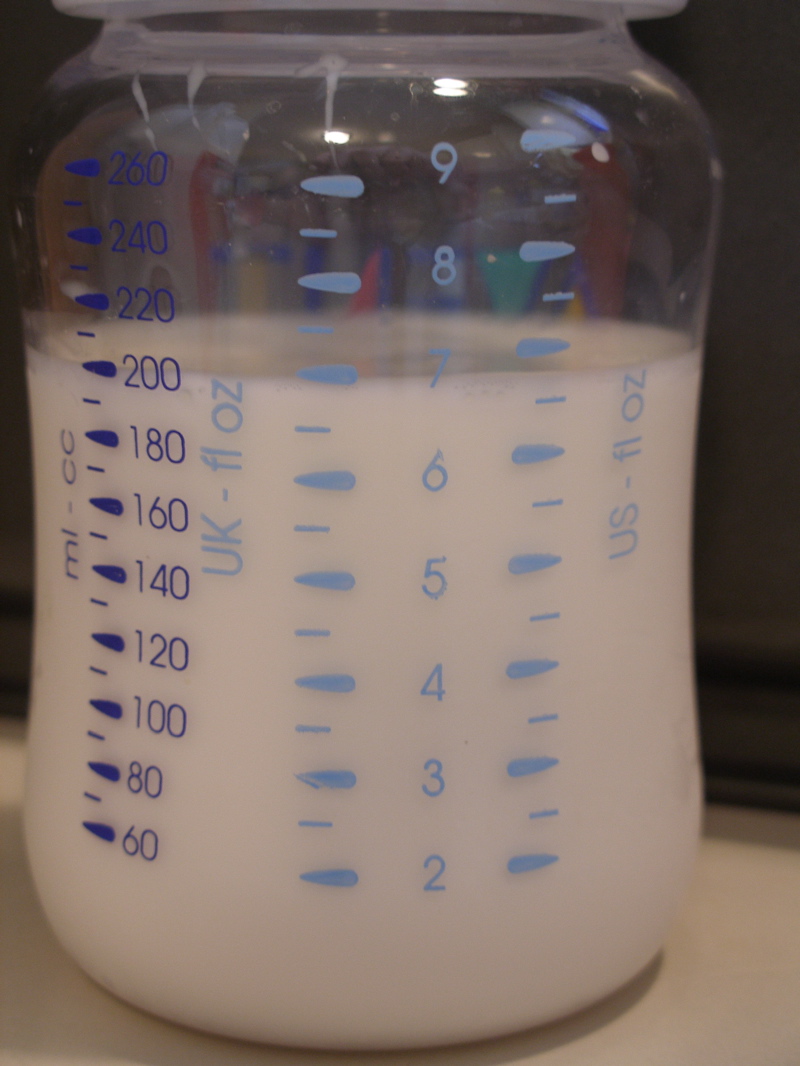|
Old Cornish Units Of Measurement
The old Cornish units of measurement were used in the 1700s and based on English measurements in their name and rough size, although had slight difference in their values. Area Richard Carew's ''Survey of Cornwall'' (1602) says: : Cornish acre – 120 statute acres (or possibly 64), 8 score lease. Equal to 0.066 Acres. Cornish ferling/farthing – ¼ a Cornish acre Cornish lease – four sticks Cornish stick – four yards, three yards square Cornish Knight's fee – four Cornish acres Cornish rod – 160 lace to a Cornish acre, 36sq. rods Cornish lace – 18 ft square Cornish land rod/lorgh – half a lace, 9 ft square Length Capacity Mass Fish Sources * Thornton B. Edwards, ''Cornish! a Dictionary of Phrases, Terms and Epithets Beginning with the word "Cornish"'', 2005. {{systems of measurement Systems of units Cornwall Cornwall (; or ) is a Ceremonial counties of England, ceremonial county in South West England. It is also one of th ... [...More Info...] [...Related Items...] OR: [Wikipedia] [Google] [Baidu] |
Cornwall
Cornwall (; or ) is a Ceremonial counties of England, ceremonial county in South West England. It is also one of the Celtic nations and the homeland of the Cornish people. The county is bordered by the Atlantic Ocean to the north and west, Devon to the east, and the English Channel to the south. The largest urban area is the Redruth and Camborne conurbation. The county is predominantly rural, with an area of and population of 568,210. After the Redruth-Camborne conurbation, the largest settlements are Falmouth, Cornwall, Falmouth, Penzance, Newquay, St Austell, and Truro. For Local government in England, local government purposes most of Cornwall is a Unitary authorities of England, unitary authority area, with the Isles of Scilly governed by a Council of the Isles of Scilly, unique local authority. The Cornish nationalism, Cornish nationalist movement disputes the constitutional status of Cornwall and seeks greater autonomy within the United Kingdom. Cornwall is the weste ... [...More Info...] [...Related Items...] OR: [Wikipedia] [Google] [Baidu] |
Imperial Units
The imperial system of units, imperial system or imperial units (also known as British Imperial or Exchequer Standards of 1826) is the system of units first defined in the British Weights and Measures Act 1824 and continued to be developed through a series of Weights and Measures Acts and amendments. The imperial system developed from earlier English units as did the Comparison of the imperial and US customary measurement systems, related but differing system of United States customary units, customary units of the United States. The imperial units replaced the Winchester measure, Winchester Standards, which were in effect from 1588 to 1825. The system came into official use across the British Empire in 1826. By the late 20th century, most nations of the former empire had metrication, officially adopted the metric system as their main system of measurement, but imperial units are still used alongside metric units in the United Kingdom and in some other parts of the former empi ... [...More Info...] [...Related Items...] OR: [Wikipedia] [Google] [Baidu] |
Knight's Fee
In feudal Anglo-Norman England and Ireland, a knight's fee was a unit measure of land deemed sufficient to support a knight. It would not only provide sustenance for himself, his family, and servants, but also the means to furnish himself and his retinue with horses and armour to fight for his overlord in battle. It was effectively the size of a fief (or "fee" which is synonymous with "fief") sufficient to support one knight in the ongoing performance of his feudal duties (knight-service). A knight's fee cannot be stated as a standard number of acres, as the required acreage to produce a given crop or revenue would vary depending on many factors, including its location, the richness of its soil and the local climate, as well as the presence of other exploitable resources such as a fishing weir, quarries of rock, or mines of minerals. If a knight's fee is deemed coterminous with a manor, an average size would be between 1,000 and 5,000 acres, of which much in early times was s ... [...More Info...] [...Related Items...] OR: [Wikipedia] [Google] [Baidu] |
Richard Carew (antiquary)
Richard Carew (17 July 1555 – 6 November 1620) was a Cornish translator and antiquary. He is best known for his county history, ''Survey of Cornwall'' (1602). Life Carew belonged to a prominent gentry family, and was the eldest son of Thomas Carew: he was born on 17 July 1555 at East Antony, Cornwall. He was educated at Christ Church, Oxford, where he was a contemporary of Sir Philip Sidney and William Camden, and then at the Middle Temple. He made a translation of the first five cantos of Tasso's '' Jerusalem Delivered'' (1594), which was more correct than that of Edward Fairfax. He also translated Juan de la Huarte's ''Examen de Ingenios'', basing his translation on Camillo Camilli's Italian version. (This book is the first systematic attempt to relate physiology with psychology, though based on the medicine of Galen. ) Carew was a member of the Elizabethan Society of Antiquaries, and is particularly known for his ''Survey of Cornwall'' (1602), the second English ... [...More Info...] [...Related Items...] OR: [Wikipedia] [Google] [Baidu] |
Acre
The acre ( ) is a Unit of measurement, unit of land area used in the Imperial units, British imperial and the United States customary units#Area, United States customary systems. It is traditionally defined as the area of one Chain (unit), chain by one furlong (66 by 660 Foot (unit), feet), which is exactly equal to 10 square chains, of a square mile, 4,840 square yards, or 43,560 square feet, and approximately 4,047 m2, or about 40% of a hectare. Based upon the International yard and pound, international yard and pound agreement of 1959, an acre may be declared as exactly 4,046.8564224 square metres. The acre is sometimes abbreviated ac, but is usually spelled out as the word "acre".National Institute of Standards and Technolog(n.d.) General Tables of Units of Measurement . Traditionally, in the Middle Ages, an acre was conceived of as the area of land that could be ploughed by one man using a team of eight oxen in one day. The acre is still a statutory measure in the U ... [...More Info...] [...Related Items...] OR: [Wikipedia] [Google] [Baidu] |
Knight's Fee
In feudal Anglo-Norman England and Ireland, a knight's fee was a unit measure of land deemed sufficient to support a knight. It would not only provide sustenance for himself, his family, and servants, but also the means to furnish himself and his retinue with horses and armour to fight for his overlord in battle. It was effectively the size of a fief (or "fee" which is synonymous with "fief") sufficient to support one knight in the ongoing performance of his feudal duties (knight-service). A knight's fee cannot be stated as a standard number of acres, as the required acreage to produce a given crop or revenue would vary depending on many factors, including its location, the richness of its soil and the local climate, as well as the presence of other exploitable resources such as a fishing weir, quarries of rock, or mines of minerals. If a knight's fee is deemed coterminous with a manor, an average size would be between 1,000 and 5,000 acres, of which much in early times was s ... [...More Info...] [...Related Items...] OR: [Wikipedia] [Google] [Baidu] |
Bushel
A bushel (abbreviation: bsh. or bu.) is an Imperial unit, imperial and United States customary units, US customary unit of volume, based upon an earlier measure of dry capacity. The old bushel was used mostly for agriculture, agricultural products, such as wheat: in modern usage, the volume is nominal, with bushels denoting a mass defined differently for each commodity. The name "bushel" is also used to translate similar units in other measurement systems. Name The word "bushel" as originally used for a container itself, and later a unit of measurement. The name comes from the Old French ' and ', meaning "little box".. It may further derive from Old French ', thus meaning "little butt (unit), butt". History The bushel is an intermediate value between the pound (mass), pound and ton or tun (unit), tun that was introduced to England following the Norman Conquest of England, Norman Conquest. Norman England, Norman Weights and Measures Acts (UK), statutes made the London ... [...More Info...] [...Related Items...] OR: [Wikipedia] [Google] [Baidu] |
Gallon
The gallon is a unit of volume in British imperial units and United States customary units. The imperial gallon (imp gal) is defined as , and is or was used in the United Kingdom and its former colonies, including Ireland, Canada, Australia, New Zealand, India, South Africa, Malaysia and some Caribbean countries, while the US gallon (US gal) is defined as , and is used in the United States and some Latin American and Caribbean countries. There are four gills in a pint, two pints in a quart, and four quarts (''quarter'' gallons) in a gallon, with the imperial gill being divided into five imperial fluid ounces and the US gill being divided into four US fluid ounces: this, and a slight difference in the sizes of the imperial fluid ounce and the US fluid ounce, give different sizes for the imperial gallon and US gallon. The IEEE standard symbol for both the imperial and US gallons is gal, not to be confused with the gal (symbol: Gal), a CGS unit of acceleration. Definitions ... [...More Info...] [...Related Items...] OR: [Wikipedia] [Google] [Baidu] |
Pound (mass)
The pound or pound-mass is a unit of mass used in both the British imperial and United States customary systems of measurement. Various definitions have been used; the most common today is the international avoirdupois pound, which is legally defined as exactly , and which is divided into 16 avoirdupois ounces. The international standard symbol for the avoirdupois pound is lb; an alternative symbol (when there might otherwise be a risk of confusion with the pound-force) is lbm (for most pound definitions), # ( chiefly in the U.S.), and or ̶ (specifically for the apothecaries' pound). The unit is descended from the Roman (hence the symbol ''lb'', descended from the scribal abbreviation, '). The English word ''pound'' comes from the Roman ('the weight measured in '), and is cognate with, among others, German , Dutch , and Swedish . These units are now designated as historical and are no longer in common usage, being replaced by the metric system. Usage of the un ... [...More Info...] [...Related Items...] OR: [Wikipedia] [Google] [Baidu] |
Systems Of Units
A system of units of measurement, also known as a system of units or system of measurement, is a collection of units of measurement and rules relating them to each other. Systems of measurement have historically been important, regulated and defined for the purposes of science and commerce. Instances in use include the International System of Units or (the modern form of the metric system), the British imperial system, and the United States customary system. History In antiquity, ''systems of measurement'' were defined locally: the different units might be defined independently according to the length of a king's thumb or the size of his foot, the length of stride, the length of arm, or maybe the weight of water in a keg of specific size, perhaps itself defined in ''hands'' and ''knuckles''. The unifying characteristic is that there was some definition based on some standard. Eventually ''cubits'' and '' strides'' gave way to "customary units" to meet the needs of merchants ... [...More Info...] [...Related Items...] OR: [Wikipedia] [Google] [Baidu] |
Obsolete Units Of Measurement
This is a list of obsolete units of measurement, organized by type. These units of measurement are typically no longer used, though some may be in limited use in various regions. For units of measurement that are unusual but not necessarily obsolete, see List of unusual units of measurement. For units of measurement that are humorous in nature, see List of humorous units of measurement. Area * Antsingae – a unit of area, smaller than the bunarium. * Bunarium (plural "bunaria") – a unit of area, equal to about 120 Hectare#Are, ares or 12,000 square metres * Carucate * Cawnie * Decimal (unit), Decimal * Dessiatin * Ground (unit), Ground * Hide (unit), Hide * Juchart * Jugerum * Katha (unit), Katha * Lessa (unit), Lessa or Lecha * Marabba * Morgen * Oxgang * Pari (unit), Pari – a unit of area equal to about 1 hectare * Quinaria * Tathe * Virgate Energy, etc. * Poncelet – unit of power * Sthène – unit of force * * Length * Ald (unit), Ald * Alen (unit of length), Al ... [...More Info...] [...Related Items...] OR: [Wikipedia] [Google] [Baidu] |
History Of Cornwall
The history of Cornwall goes back to the Paleolithic, but in this period Cornwall only had sporadic visits by groups of humans. Continuous occupation started around 10,000 years ago after the end of the Younger Dryas, last ice age. When recorded history started in the first century Common Era, BCE, the spoken language was Common Brittonic, and that would develop into Southwestern Brittonic languages, Southwestern Brittonic and then the Cornish language. Cornwall was part of the territory of the tribe of the Dumnonii that included modern-day Devon and parts of Somerset. After a period of Roman Empire, Roman rule, Cornwall reverted to rule by independent Romano-British culture, Romano-British leaders and continued to have a close relationship with Brittany and Wales as well as southern Ireland, which neighboured across the Celtic Sea. After the collapse of Dumnonia, the remaining territory of Cornwall came into conflict with neighbouring Wessex. By the middle of the ninth ce ... [...More Info...] [...Related Items...] OR: [Wikipedia] [Google] [Baidu] |








